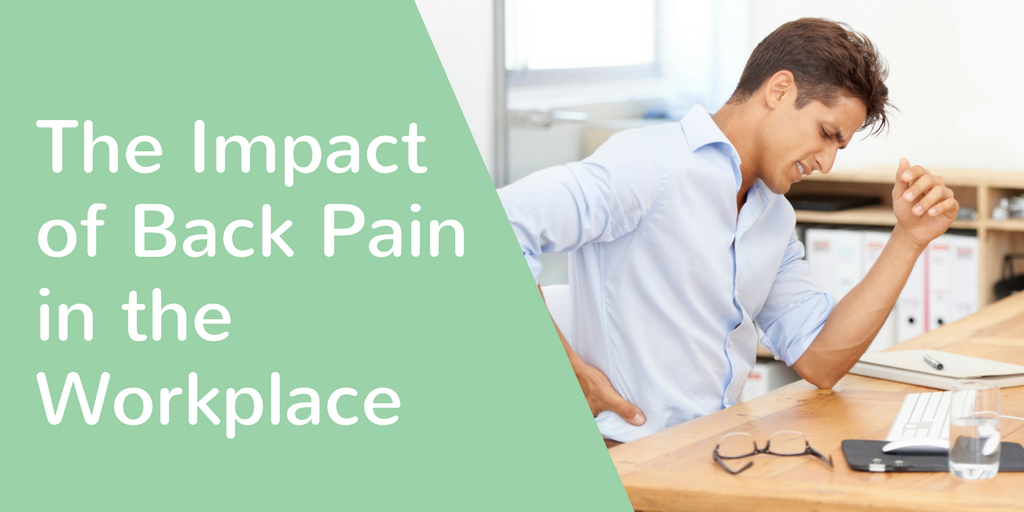In day-to-day life, many of us struggle with back injuries and persistent twinges ranging from a dull ache to a sharp pain. And despite having an impact on the quality of our daily lives, back pain generally isn’t life-threatening, which can see all too many of us put off seeing a specialist for help and hoping that time will be the healer.
Around 8.9million working days are lost* due to work-related musculoskeletal disorders (which affect the body’s movement or muscles, tendons, ligaments, nerves and other), so it’s clear that something more needs to be done to both prevent, and help treat, back pains and aches.
Before understanding how we can do this, the key is to understand which type of back pain you’re experiencing:
Types of pain
- Lower Back | this is the most common type of pain, and is usually considered a minor injury (and therefore usually ignored). When we experience lower back pain, it’s commonly at the bottom of the rib cage and the top of the hips, which is the part of the spine that supports the entirety of the upper body
- Neck & Shoulder Pain | is usually caused from pressure of the head, and can be as a result of sleeping awkwardly, from slouching, or from pulling a muscle
- Upper & Middle Back | this is less common, and can range from a mild ache or stiffness, to a sharp pain. Though it’s largely caused by a muscular issue, a trapped nerve in the spine, or an injury, poor posture can also be a reason why we experience upper and middle back pain.
What Can We Do About It?
The good news is, there are several ways to prevent back problems from having an impact on our daily lives…
- Sedentary Lifestyles | If you have a job where you’re still for most of your working day, it’s important to keep moving as much as you can. If the weather is nice, why not take a short walk on your lunch break? Every step adds up, so if you can’t manage a walk, why not try making more of a conscious effort to get up from your chair a little more throughout the day (such as taking phone calls standing up)
- Workplace Environment | Though you should aim to keep more active when you have a desk-based job, it’s also key to make sure that your workspace is set up correctly so that it doesn’t cause you to develop back problems. Make sure the top of your laptop or computer screen is at eye level, and that your keyboard placement is at a 90 degree angle with your arms (so your arms are in an ‘L’ shape).
- Posture | When you’re stood up, pay even more attention to your posture. Most people have a preference to which side they use and rely on more (the same as if you’re right or left handed), so be mindful not to place too much pressure on one side, and distribute the weight on your feet even more evenly. Pull your shoulders down and into your body, and keep your back straight where possible
We’ve Got Your Back
Back pain can be helped by using the above tactics, but don’t forget that you can access a wide range of services through your Paycare plan such as physiotherapy, osteopathy, chiropractic and acupuncture*.
If you’re not yet a Paycare Policyholder and want to know more, please do get in touch with us by calling 01902 371 000 or via our contact us form.
*You must inform us about any pre-existing conditions that you have including back pains and aches – they won’t be covered under your plan within the first two years
* | https://www.hse.gov.uk/statistics/causdis/musculoskeletal/msd.pdf

